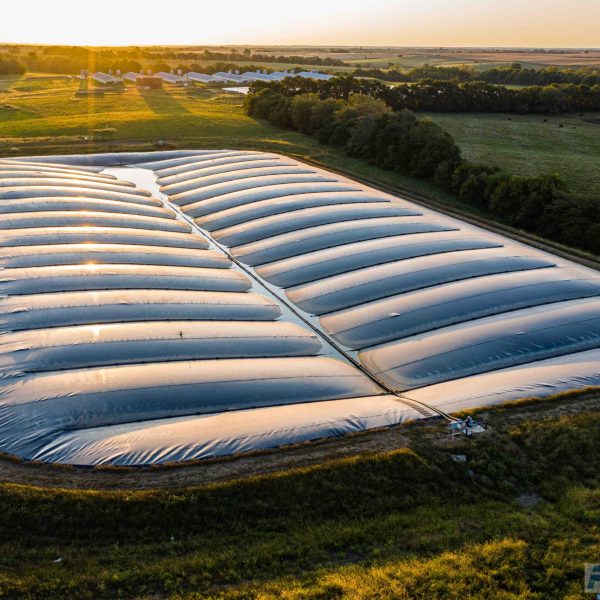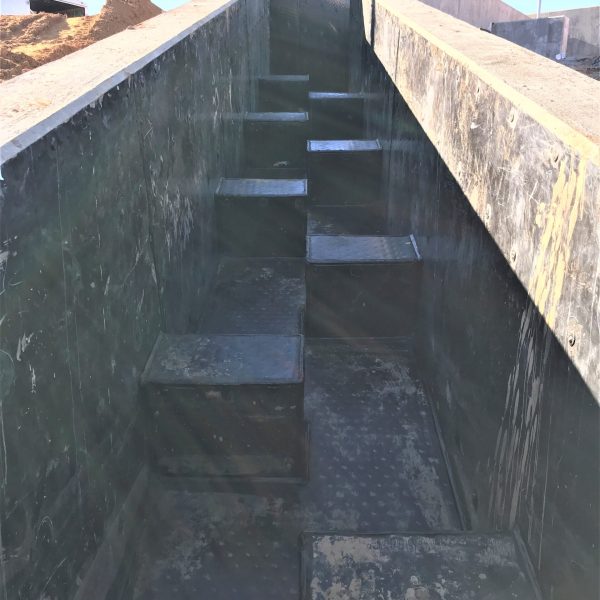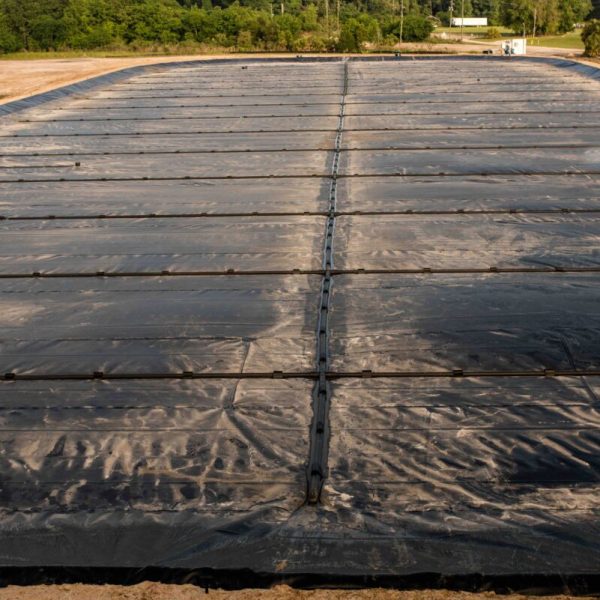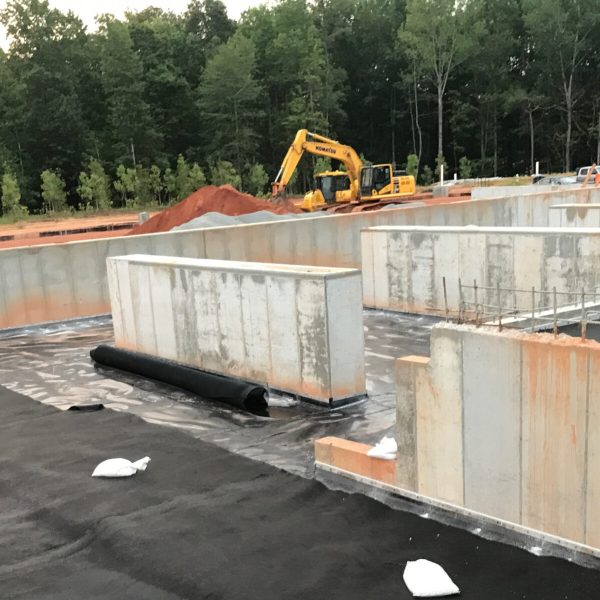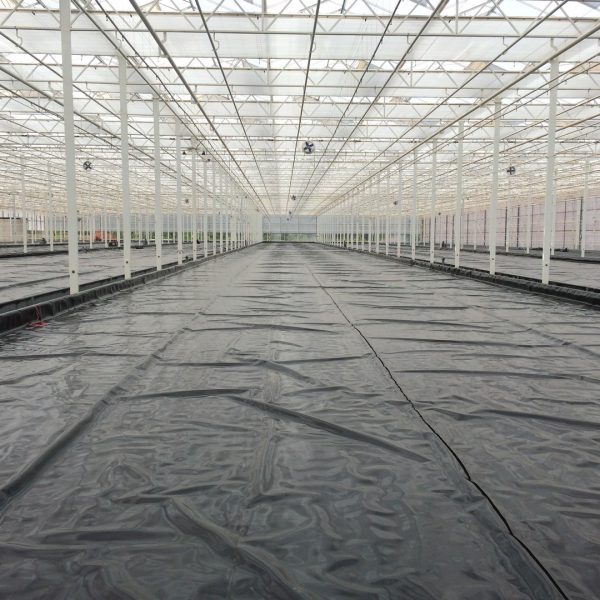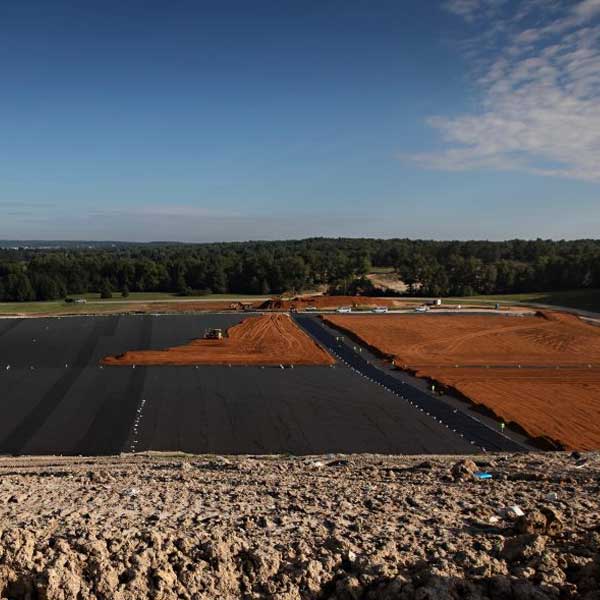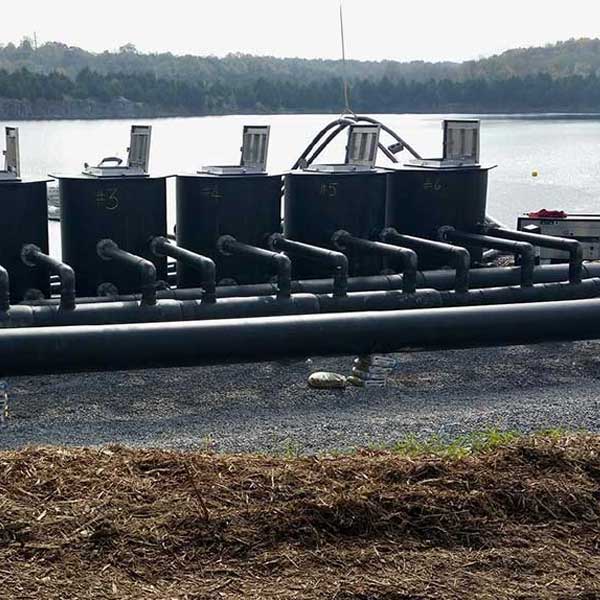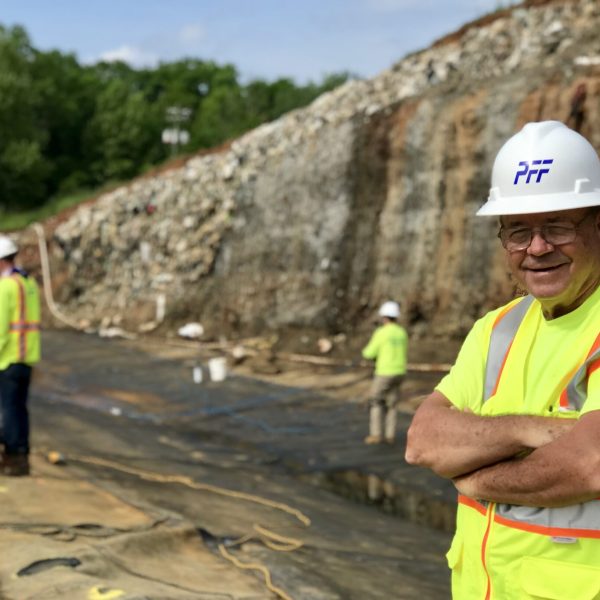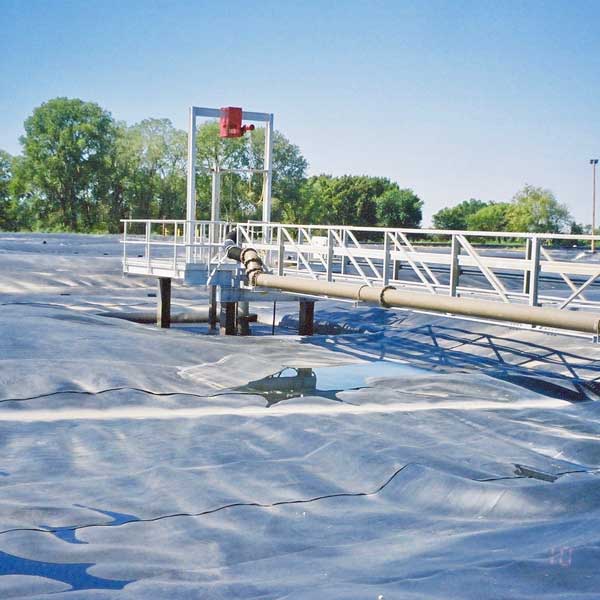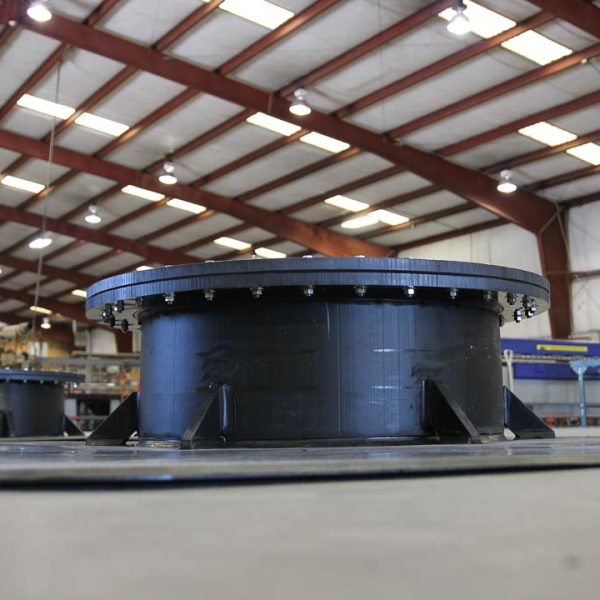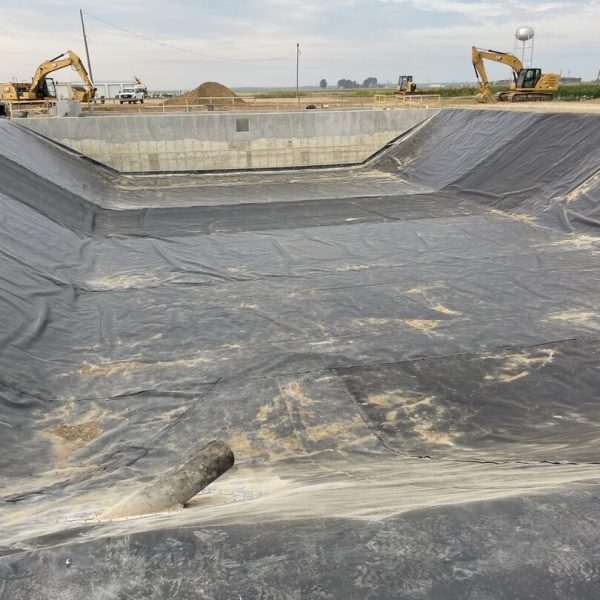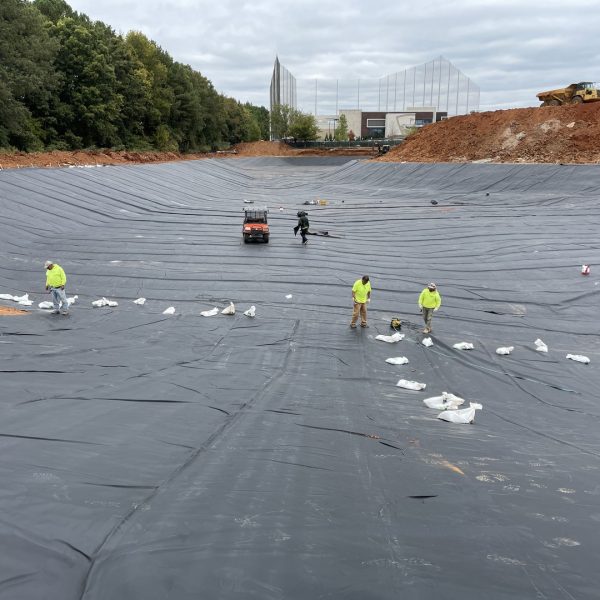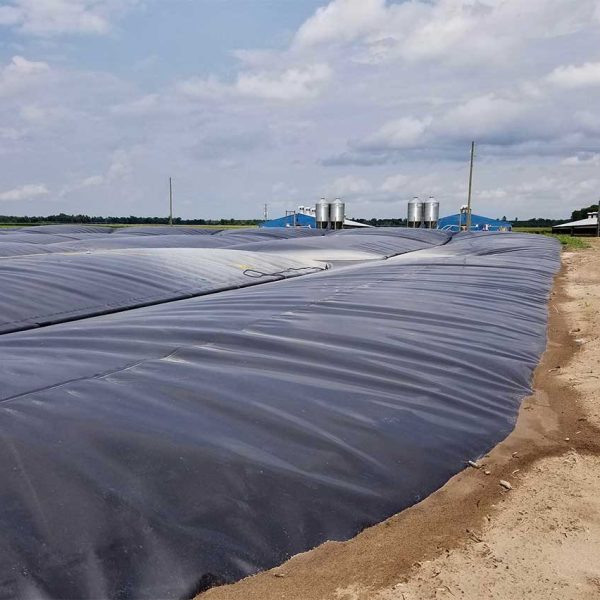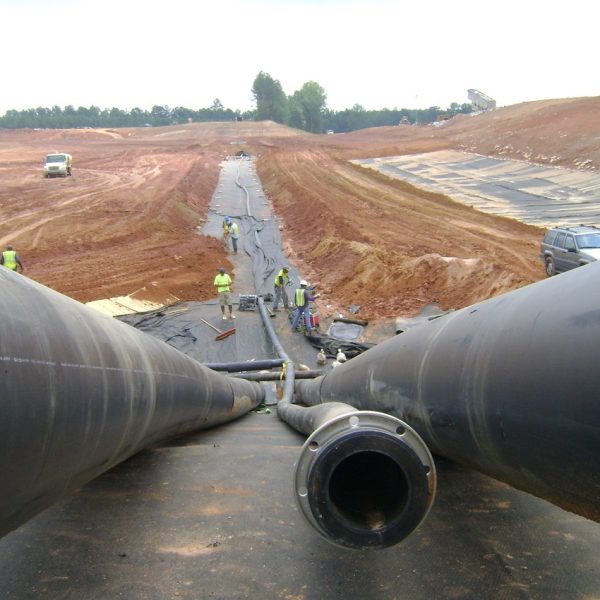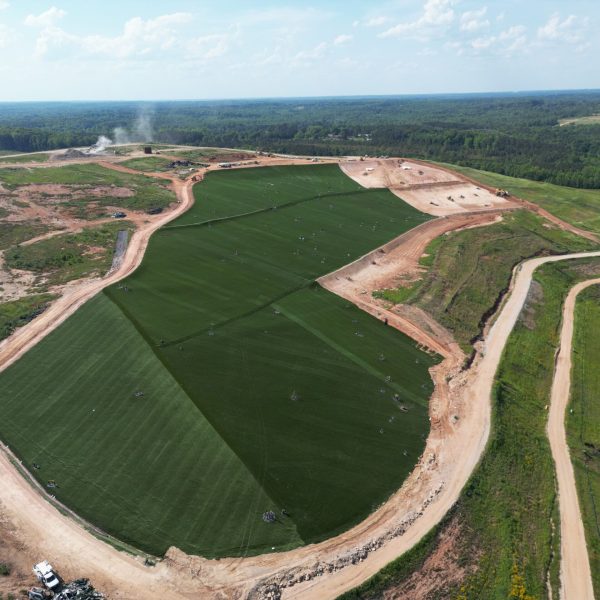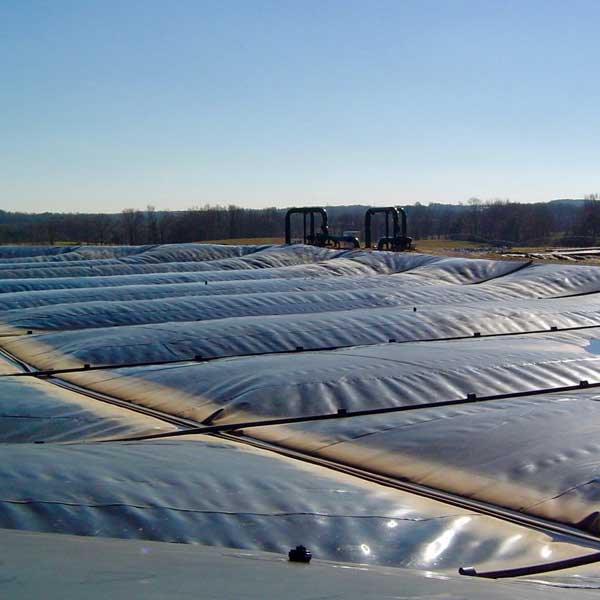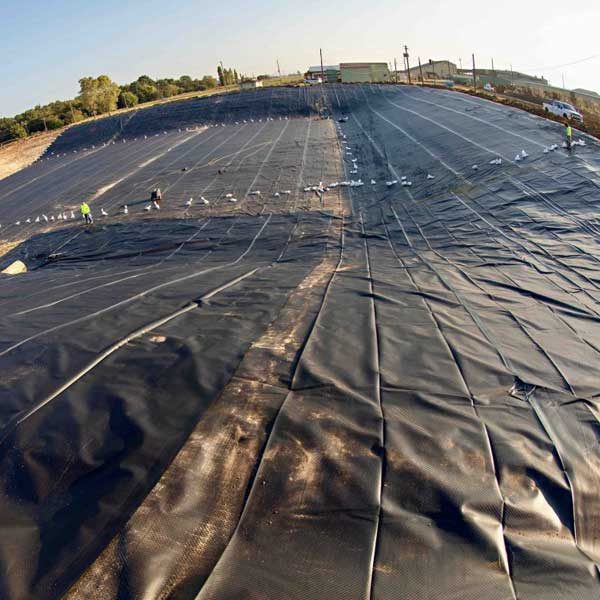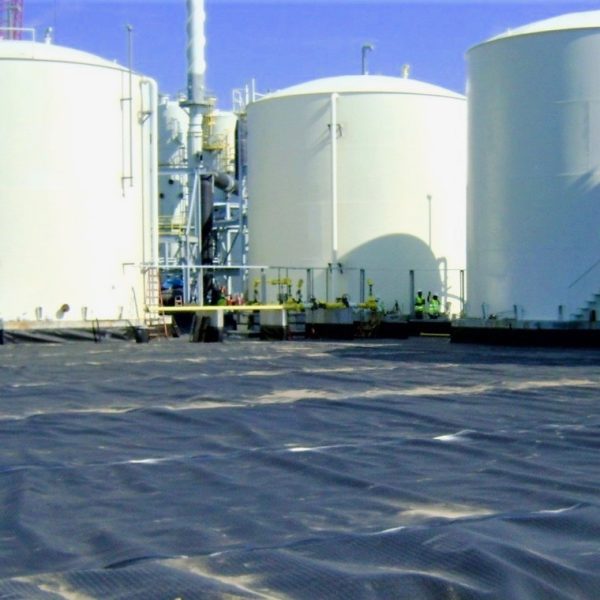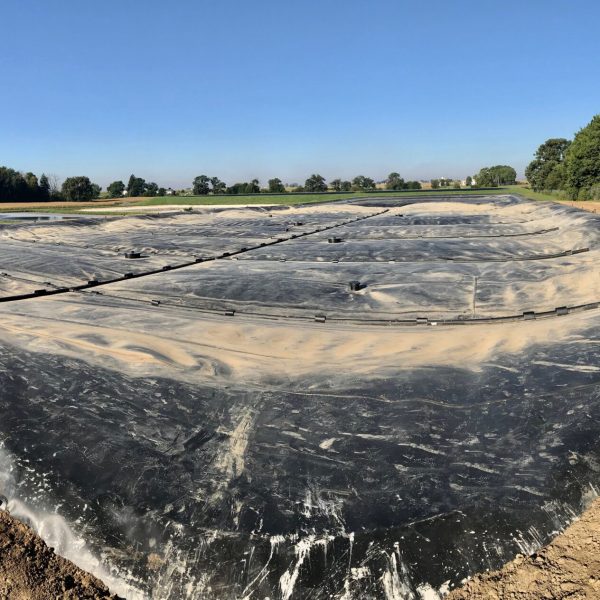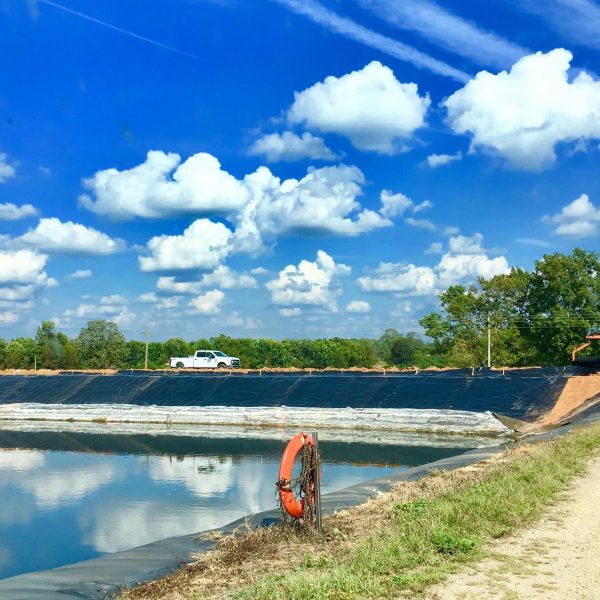Concrete Protective Liners
Plastic Fusion is the leading installer of Concrete Protective Liners. PFF has been installing geosynthetic liners since 1989 and is one of the largest fabricators in North America. Some of the uses are for digester domes, pump stations, and for trench and sump liners.



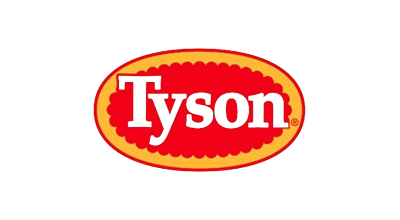
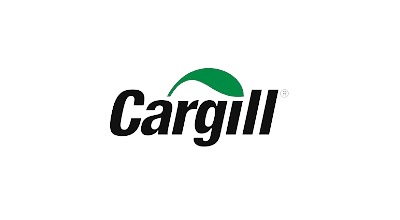

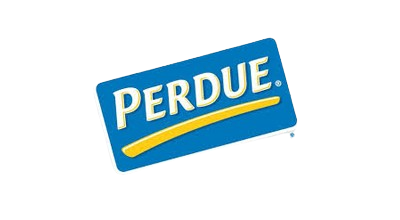



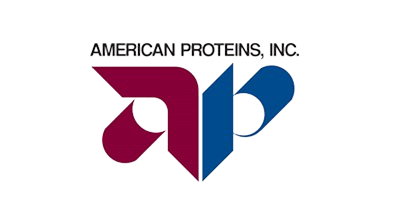




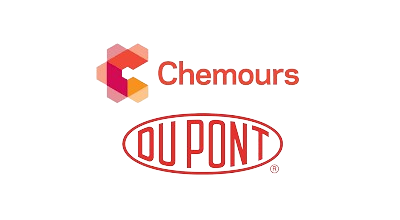



Piping Systems
Our custom fabricated piping systems meet even the toughest handling requirements. Materials offer long-term chemical resistance and environmental containment.
Anaerobic Digester Covers
We design and install HDPE cover systems for anaerobic digesters and are a pioneer in anaerobic digester lagoons for biogas collection and conversion to Renewable Natural Gas (RNG).
Concrete Protective Liners
Plastic Fusion is a leader in the installation of concrete protective liners in industrial tanks and storage facilities, wastewater treatment tanks, and chemical processing plants.
Liner Systems
Plastic Fusion has been installing geosynthetic containment systems for more than 40 years.
Concrete Protective Liners
Concrete protective liners are specialized barriers designed to safeguard concrete structures from corrosion, abrasion, and chemical damage. These liners provide an impermeable layer that shields the concrete surface from harsh environmental conditions, extending the lifespan of infrastructure such as storage tanks, secondary containment systems, and wastewater treatment facilities. Made from high-quality materials like geomembranes or HDPE, concrete protection liners offer exceptional durability and resistance to chemicals, UV exposure, and mechanical stress.
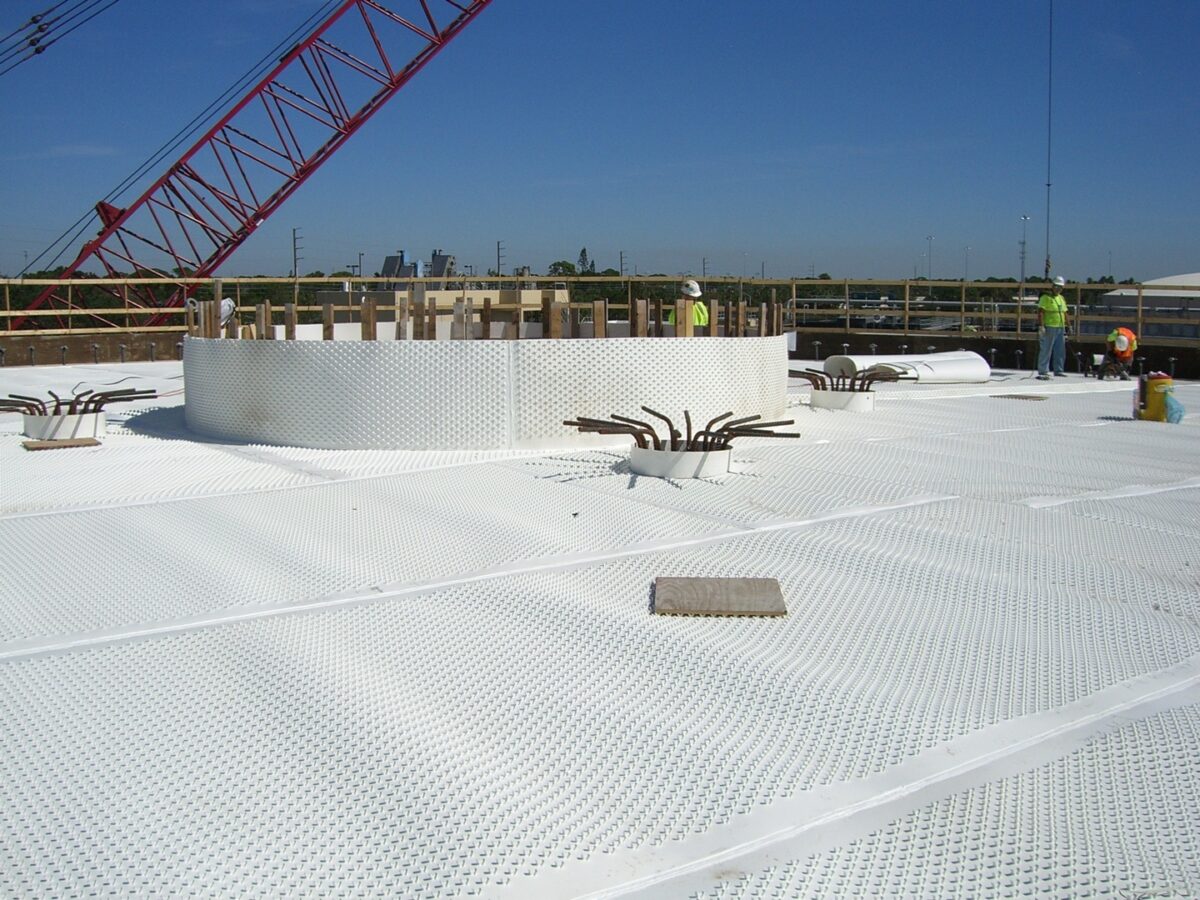
Read more
What are Concrete Protective Liners?
Concrete protective liners are specialized coatings or barriers applied to concrete surfaces to protect them from chemical, physical, and environmental damage. These liners are designed to extend the lifespan of concrete structures by providing a robust, impermeable layer that resists corrosion, abrasion, and other forms of deterioration. Commonly used in industrial, commercial, and municipal applications, concrete protective liners ensure that concrete structures remain safe, functional, and durable.Why are Concrete Protective Liners Important?
Concrete protective liners are crucial for several reasons:- Durability: They significantly extend the lifespan of concrete structures by preventing damage from chemicals, moisture, and physical wear.
- Safety: Protecting concrete from deterioration helps maintain structural integrity, ensuring the safety of facilities and their occupants.
- Cost-Effectiveness: By reducing the need for frequent repairs and replacements, protective liners save money in the long run.
- Compliance: They help meet regulatory standards for environmental protection and safety in various industries.
What Types of Concrete Protective Liners Are Available?
High-Density Polyethylene (HDPE) Liners
HDPE liners are known for their excellent chemical resistance, durability, and flexibility. They are ideal for protecting concrete in harsh industrial environments where exposure to aggressive chemicals and high mechanical stress is common.Polyvinyl Chloride (PVC) Liners
PVC liners offer good flexibility and ease of installation, making them suitable for various applications. They effectively protect against various chemicals and are often used in wastewater treatment plants and other municipal facilities.Polyurea and Polyurethane Coatings
These coatings provide a seamless, highly durable protective layer that adheres tightly to concrete surfaces. They are known for their resistance to abrasion, impact, and chemical exposure, making them suitable for heavy-duty industrial applications.Epoxy Liners
Epoxy liners are highly chemical resistant and provide a hard, durable surface that protects against physical wear and tear. They are commonly used in environments requiring chemical resistance and mechanical strength.Applications of Concrete Protective Liners
Wastewater Treatment Plants
Concrete protective liners are essential in wastewater treatment plants to prevent corrosion and chemical damage caused by harsh waste products. They ensure the longevity and efficiency of tanks, channels, and containment structures.Industrial Facilities
Concrete protective liners protect floors, walls, and containment areas from chemicals, oils, and other hazardous substances in industrial settings. This protection is critical for maintaining a safe and compliant work environment.Agricultural Applications
Liners are used in agricultural settings to protect concrete silos, tanks, and containment areas from corrosive fertilizers, pesticides, and animal waste. They help maintain structural integrity and prevent environmental contamination.Mining Operations
Mining operations use concrete protective liners to shield containment structures and processing areas from the aggressive chemicals and abrasive materials in mineral extraction and processing.How Does Plastic Fusion Ensure Quality Installation of Concrete Protective Liners?
Plastic Fusion is a leading provider of concrete protective liner solutions, committed to delivering high-quality installations tailored to specific industry needs. Our process includes:- Site Assessment: Conducting a thorough evaluation of the site to determine the best liner material and installation method.
- Material Selection: Choosing the most suitable protective liner based on the specific requirements of the application.
- Installation: Implementing the liner using advanced techniques to ensure a secure and durable fit.
- Quality Control: Performing rigorous inspections and tests to verify the integrity and performance of the liner.

